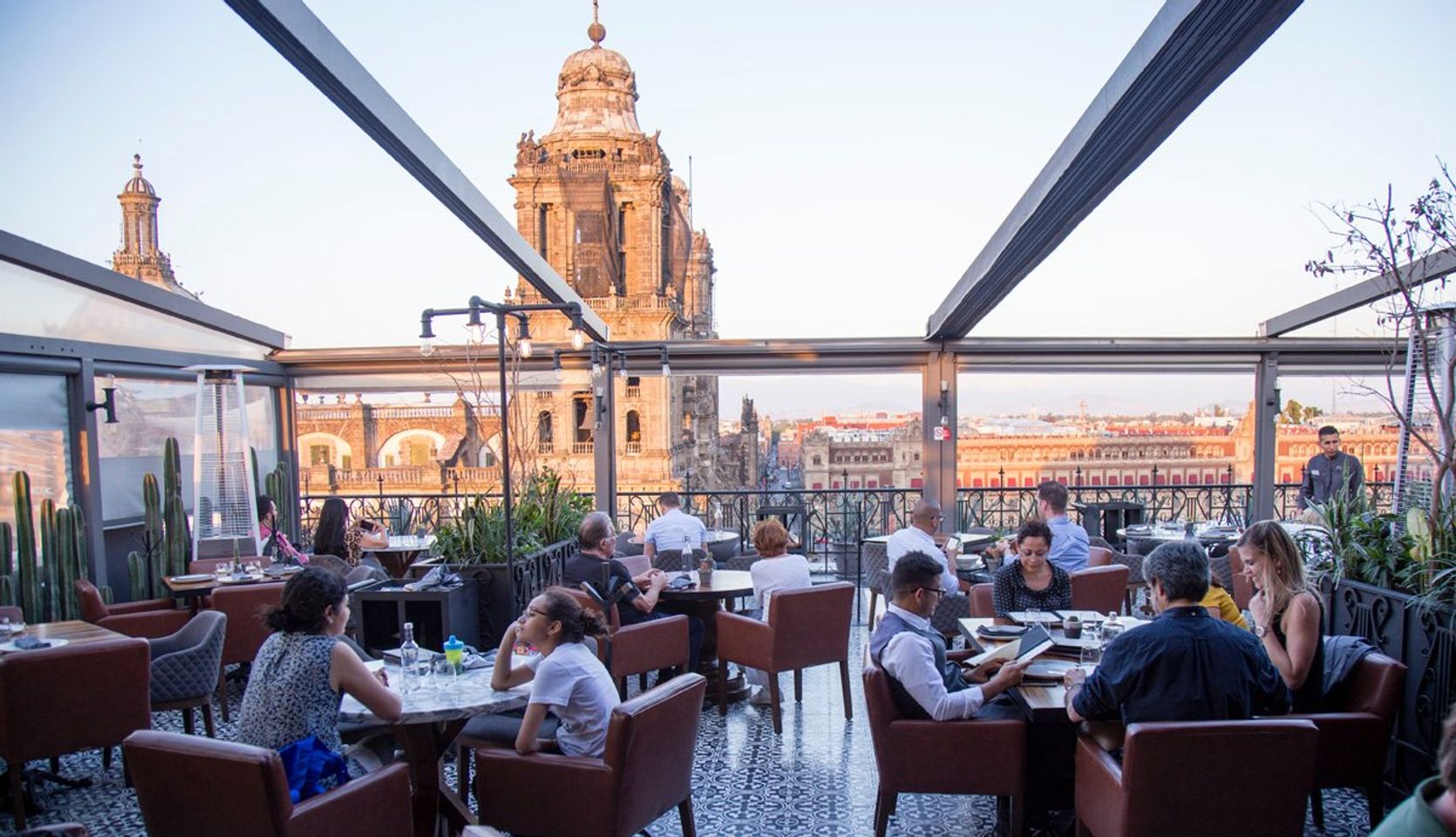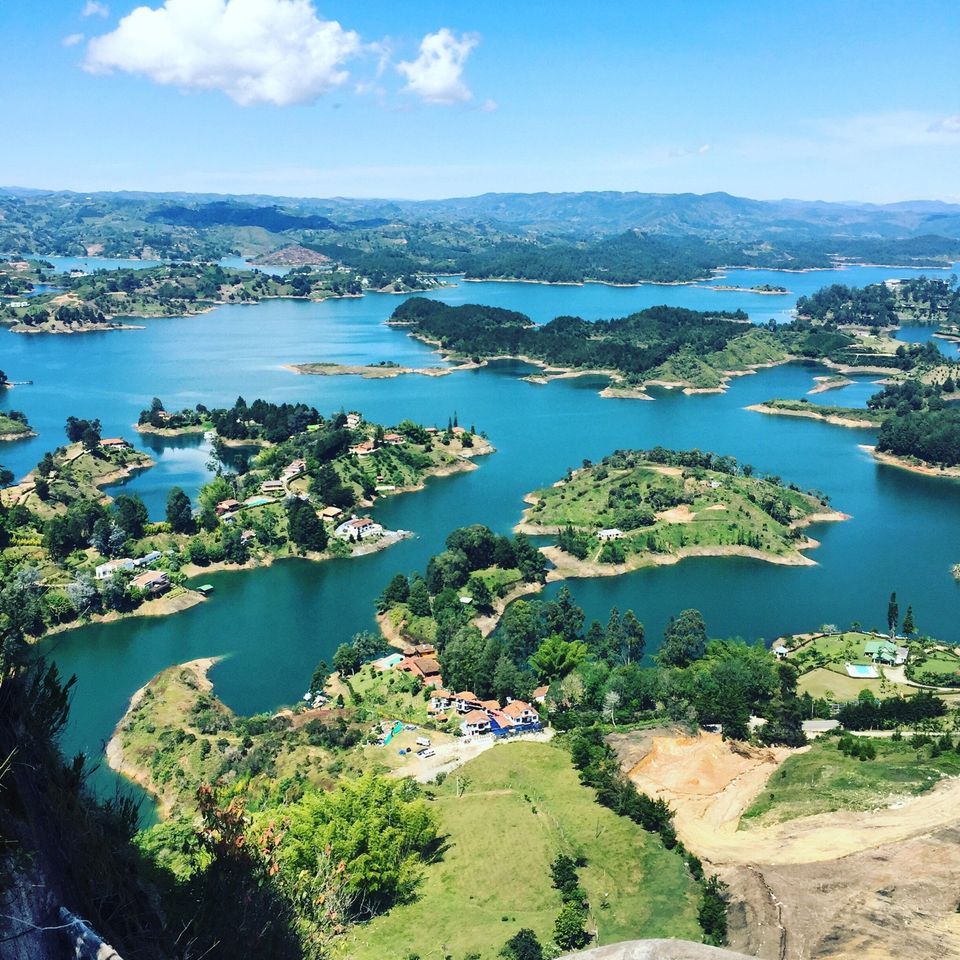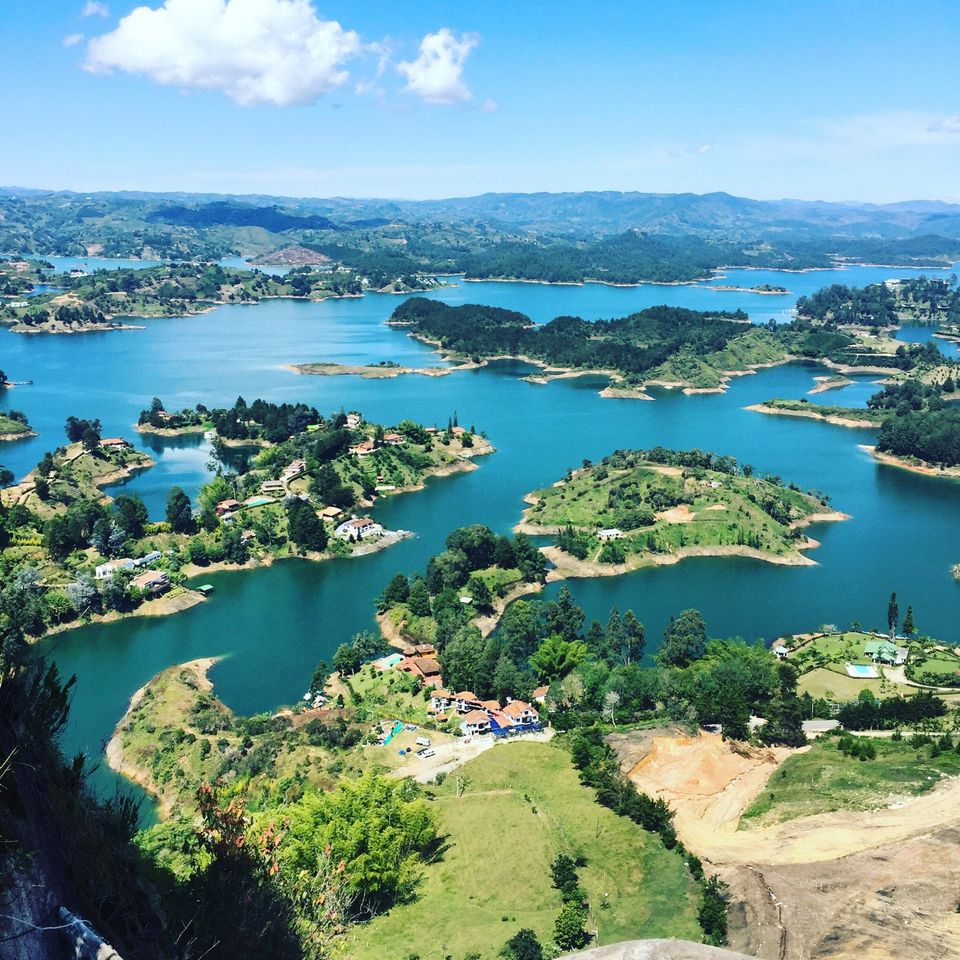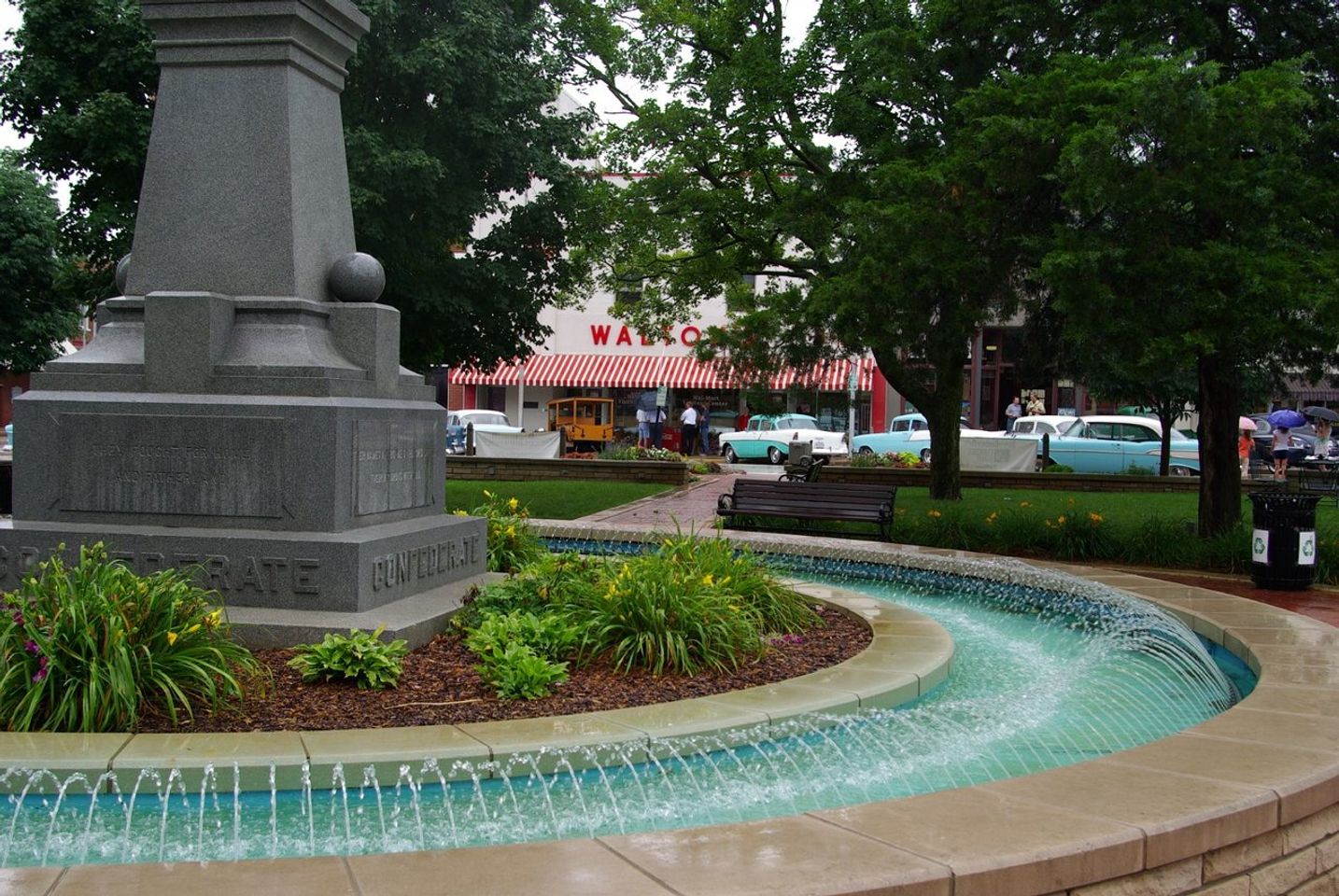Discover the Vibrant Zócalos of Guatapé: A Feast for the Eyes!

We, as lovers of travel and architecture, often find ourselves hunting for that one city or town that will leave us in awe of its beauty. Guatapé, Colombia, is one such place that guarantees to mesmerize you with its colourful zócalos. These facades are an essential part of the town’s identity, and their vibrant colours and intricate designs have a story to tell.
As we walk through the streets of Guatapé, we cannot help but feel the energy that emanates from these unique facades. These homes are not just buildings; they are works of art that reflect the town’s history, culture, and tradition. Each zócalo has a story to tell, a message to convey, and a lesson to teach.
In this article, we will explore the significance of these zócalos and how they represent the heart and soul of Guatapé. We will delve into the intricate details of these facades, their history, and the cultural impact they have on the people who live here. So, sit back, grab a cup of coffee, and let’s discover the beauty that lies within the colourful zócalos of Guatapé. Click here to access the complete city guide for Guatapé.
Origins and history of Zócalos in Guatapé
As we walk through the streets of Guatapé, admiring the colorful house facades known as zócalos, it’s worth taking a moment to reflect on their origins and history. These vibrant works of art have become an integral part of the town’s identity, but their story goes deeper than just their aesthetic appeal.
The tradition of zócalos dates back to the 20th century when the townspeople began to use hand-painted tiles to decorate the lower half of their houses. These tiles typically depicted scenes from everyday life, nature, and regional culture, showcasing the community’s pride in their heritage. Over time, this practice became a symbol of Guatapé’s unique identity, attracting tourists from around the world who come to marvel at the town’s stunning artistry.
Today, the zócalos serve as both a testament to the past and a promise for the future. As we gaze upon these colorful masterpieces, we are reminded of the rich cultural heritage that shaped this town and inspired its people to create something truly remarkable. With each new generation, the tradition of zócalos continues to evolve and grow, offering an endless source of inspiration and creativity for all who seek to discover the beauty of Guatapé.
Techniques and materials used in creating Zócalos facades
When it comes to exploring the colorful facades of Guatapé’s Zócalos, one aspect that stands out is the intricate techniques and materials used in creating each unique design. From the use of colorful tiles to bold geometric patterns, every detail is meticulously crafted to create a striking visual statement.
One technique commonly used in creating these facades is the use of hand-painted ceramic tiles. These tiles are carefully painted with vibrant colors and intricate designs, resulting in a stunning and long-lasting finish. Additionally, the use of stucco is also prevalent in creating these facades, providing a smooth and uniform appearance that perfectly complements the intricate tilework.
But it’s not just the materials that make these facades stand out. The level of skill and attention to detail required to create these designs is truly impressive. It’s a testament to the dedication and creativity of the artisans who bring these facades to life, resulting in a truly unique and awe-inspiring experience for visitors to Guatapé.
Importance and significance of Zócalos in the cultural heritage of Guatapé
We cannot stress enough the importance of Zócalos when visiting Guatapé in Colombia. These colorful house facades are not just a stunning visual spectacle but are a vital part of the town’s cultural heritage. They act as an open-air gallery, showcasing the history and traditions of the local people.
As you stroll through the streets of Guatapé, you’ll immediately notice the stunningly intricate designs of these Zócalos. Each facade is unique and tells a different story, from depictions of local trades to religious iconography. These murals are not just decorative; they serve as a visual timeline of the community’s evolution over time.
Visiting these Zócalos gives us a rare insight into the lives and values of the people of Guatapé. They are a testament to the town’s rich and diverse cultural heritage, a living chronicle of the place that bears witness to its journey. Thus, we urge every traveler to take some time out and explore the streets of Guatapé to appreciate the significance and beauty of these Zócalos and the community they represent.
Conclusion
In conclusion, Guatapé is a vibrant and colorful town that is simply a feast for the eyes. Its zócalos facades are a testimony to the local people’s pride in their traditions, culture, and history. These facades are more than just a pleasant aesthetic or a fun Instagram backdrop; they are a vital part of the community’s identity and heritage.
Whether admiring the zócalos from afar or taking a stroll down Guatapé’s streets to explore them up close, we can all appreciate the beauty of these facades. From the patterns and colors to the stories they tell, the zócalos represent the ingenuity and creativity of the human spirit. They remind us that even in the simplest things, we can find beauty and inspiration.
In short, Guatapé’s zócalos facades are not just pretty walls; they are an art form, a cultural symbol, and a source of inspiration. They invite us to connect with the past, celebrate the present, and hope for the future. So, let us embrace this vibrant and magical town, and may we all take a little bit of its beauty with us wherever we go.





